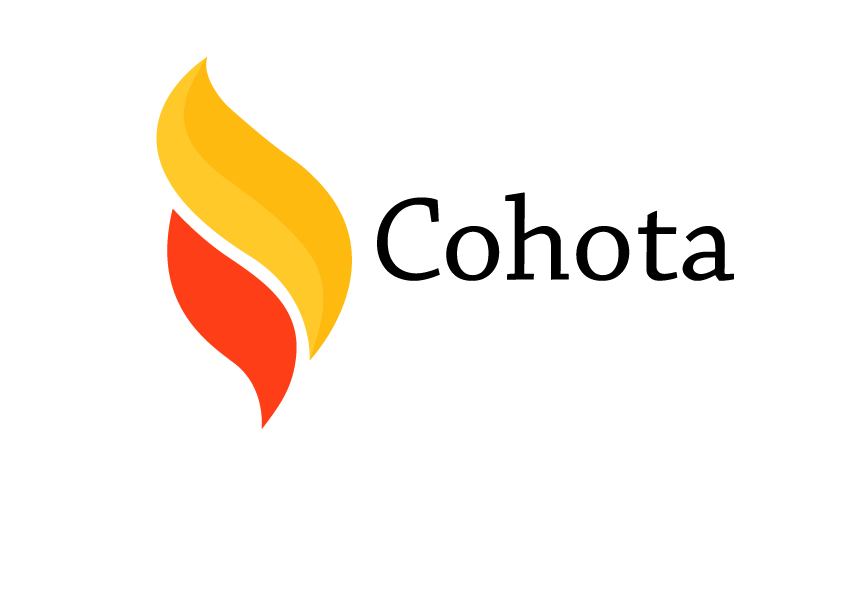Is Accounts Payable AP Asset Or Liability? With Examples
Using accounts payable automation software can streamline invoice processing and payments, reducing errors and improving efficiency. Accounts payable (AP) represents the money your business owes to its suppliers or vendors for goods and services received but not yet paid for. Each time a company purchases goods or services on account, it records an accounts payable liability in its books of accounts. The measurement of accounts payable liability involves no complications, as the seller’s invoice shows the exact amount that the buyer needs to pay within a specified date.
Recording accounts payable as both a credit and debit enables businesses to accurately track the payments they owe while also maintaining detailed financial records. Matching expenses with the revenues they generate provides finance teams with a clearer view of their business’s financial health. AR is the money a company expects to receive from customers, and AP is the money a company owes to its vendors. For example, when your business purchases goods from a vendor on credit, you will record the entry to accounts payable, and the vendor will record the transaction to accounts receivable.
Net 30 days
Evaluating and capturing early payment discounts involves analyzing the financial benefits against cash flow considerations. Companies must weigh the advantages of discount capture versus maintaining cash reserves, considering factors like discount percentages and payment terms. Invoice verification involves checking for mathematical accuracy, proper tax calculations, and compliance with agreed-upon terms.
Accounts payable also refers to the department or person in a firm that records and handles purchases and payments. Accounts payable (AP) software, often referred to as AP automation software, is a type of financial management solution designed to simplify, streamline, and automate the accounts payable process. It helps automate time-consuming manual processes such as invoice capture and invoice approvals and even helps identify errors within the payment process (i.e. duplicate invoices). AP automation software provides businesses with visibility into their existing processes, identifies ways to streamline current processes, and improves control of the end-to-end payment process. The accounts payable process focuses on managing and executing timely payments to vendors through AP automation.
- While the company shows accounts payable as current liabilities on its balance sheet, its suppliers show the account receivables as current assets on their balance sheet.
- Accounts payable account can be created by anyone who buys goods or services on credit and promises to pay for them later.
- If a person is deemed to be an employee, the Internal Revenue Service requires that payroll taxes be withheld and a Form W-2 be issued instead of Form 1099-NEC.
- This debit is matched with a credit to the cash account, which then reduces the cash balance.
- However, it is also important to extend trade credit in the form of accounts receivable to sell goods to your customers.
When an asset other than merchandise inventory is purchased on account:
Automation can lead to significant cost savings by reducing the need for manual intervention. It minimizes the resources required for processing payments and managing paperwork, ultimately lowering operational expenses. Financial statements rearrange rows and columns in numbers on mac also include current assets, which include cash and balances that will be paid within 12 months.
- Use action words like “managed,” “streamlined,” “reduced,” and “implemented” to demonstrate your impact clearly.
- Interest charges accumulate on credit purchases and financing arrangements, requiring careful tracking and timely payment.
- Join BC Krishna, CEO of Centime, to explore how AR automation can transform your collections process, improve cash management, and delight your customers.
- The system processes invoices immediately upon receipt, routes them automatically for approval, and executes payments efficiently.
- This metric highlights their effectiveness in leveraging available payment terms.
For example, if a company buys raw materials on credit, the amount owed to the supplier is recorded as accounts payable in the balance sheet. Accounts payable is a liability, not an asset, as it represents outstanding payments a company owes to suppliers. Managing AP efficiently is crucial for maintaining cash flow, supplier relationships, and financial stability. Businesses can leverage accounts payable automation tools to optimize processes and reduce errors. On the flip side, accounts receivable is the money owed to your business by customers. When you provide goods or services on credit, the amounts due are recorded in accounts receivable until you receive payment.
What is accounts payable automation?
Besides his extensive derivative trading expertise, Adam is an expert in economics and behavioral finance. Adam received his master’s in economics from The New School for Social Research and his Ph.D. from the University of Wisconsin-Madison in sociology. He currently researches and teaches economic sociology and the social studies of finance at the Hebrew University in Jerusalem. Consider a company that is involved in installing and commissioning telecommunication equipment all over India.
Utilizing real-time data analysis
Modern AP automation significantly reduces errors in the accounts payable process through automated validation and matching capabilities. AP automation will expand to include sophisticated self-service capabilities, real-time invoice status tracking, and automated dispute resolution. These portals will strengthen vendor relationships through improved transparency and collaboration.
Accounts payable vs. accounts receivable
Automation ensures that invoices are processed and paid promptly, reducing the risk of late fees and fostering trust with your vendors. The accounts payable turnover refers to a ratio that measures how quickly your business makes payment to its suppliers. That is, it indicates the number of times your business makes payments to its suppliers in a specific period of time. Thus, the accounts payable turnover ratio demonstrates your business’s efficiency in meeting its short-term debt obligations.
However, delaying payments for too a long of a period would critically impact Walmart’s relationship with its suppliers. Based on Walmart’s payment schedule, its suppliers can determine the credibility of the company. For example, the suppliers would consider Walmart Inc to be a credible customer if it pays its suppliers within a decent credit period. On the other hand, if your business is considered as taking advantage of discounts on early payments if it is paying its suppliers quickly.
This process ensures timely payments, maximizes early payment discounts, and helps maintain positive vendor relationships through consistent adherence to agreed terms. Bills payables cover recurring operational expenses such as rent, utilities, internet services, and subscription-based services. These regular payments, typically managed through automated bill pay, follow fixed schedules and require systematic processing to maintain essential business services and vendor relationships. The accounts payable cycle begins with receiving and processing vendor invoices.
The CEO or an independent AP professional may pay accounts payable for smaller businesses. Business managers and accountants may reference their accounts payable and manipulate their cash flow accordingly to achieve specific outcomes. Hence, proper recording of the expense and tracking of the payment is necessary. Therefore, many companies use a special journal known as purchases journal for recording loses record amount in its year these transactions.
AP automation manages both categories, with trade payables focusing exclusively on direct business trading activities. Systematic expense control through accounts payable involves monitoring spending patterns, enforcing budget limits, and identifying cost-saving opportunities. This includes implementing approval workflows, tracking departmental expenses, and ensuring compliance with company spending policies and procedures. Raw material purchases represent a primary form of accounts payable in manufacturing businesses. These obligations include costs for direct materials, packaging supplies, and component parts used in production processes, typically involving established supplier payment terms. This component requires careful consideration of payment terms, available discounts, and cash flow optimization while maintaining strong relationships with vendors through timely, accurate payments.
These costs include third-party freight services, carrier fees, and warehousing expenses. Automating approval workflows for these expenses helps businesses prevent overspending, reduce errors, and ensure compliance with company policies. Depending on a company’s internal controls, an AP department either handles pre-approved purchase orders or verifies purchases after a purchase. The AP department also handles end-of-month aging analysis reports that let management know how much the cash book excel business currently owes. Generally Accepted Accounting Principles (GAAP) provide a framework of standards, guidelines, and procedures for financial accounting and reporting. When it comes to accounts payable, adhering to GAAP ensures accuracy, consistency, and transparency in your financial records.


Latest posts by admin
Sweet Bonanza spinbetter inloggen vanuit Pragmatic Play 2025 review In tal poen winnen! - June 4, 2025
Sweet Bonanza review allen betreffende 88 Wild Dragon gokkast gratis spins deze gokkas Pragmatic Play - June 4, 2025
Candy Monopoly gratis spins 150 Natuurlijk Bonanza Kasteel Review en Demospel Stakelogic - June 4, 2025